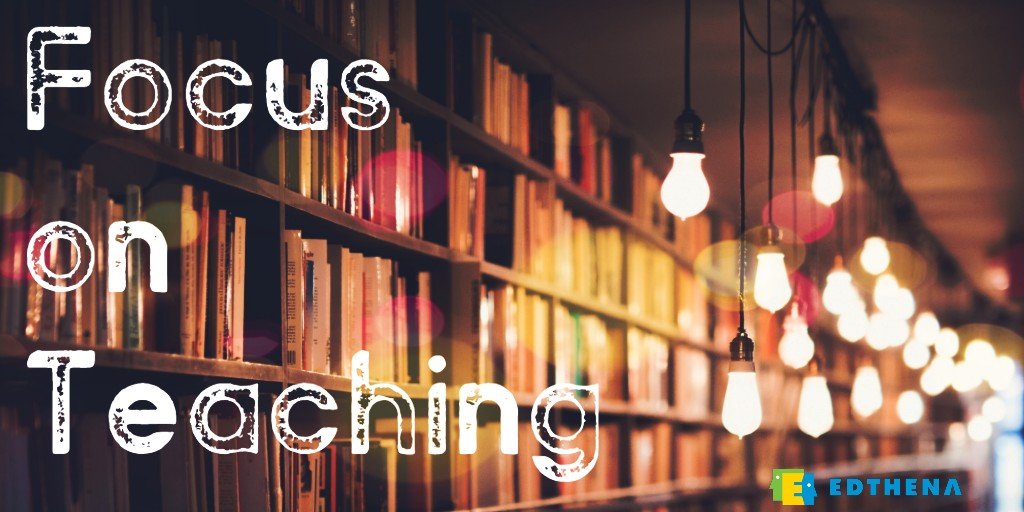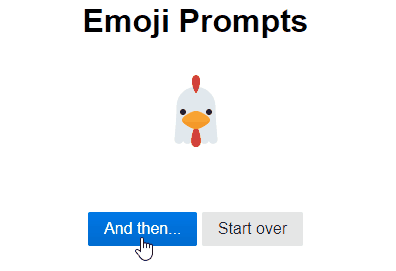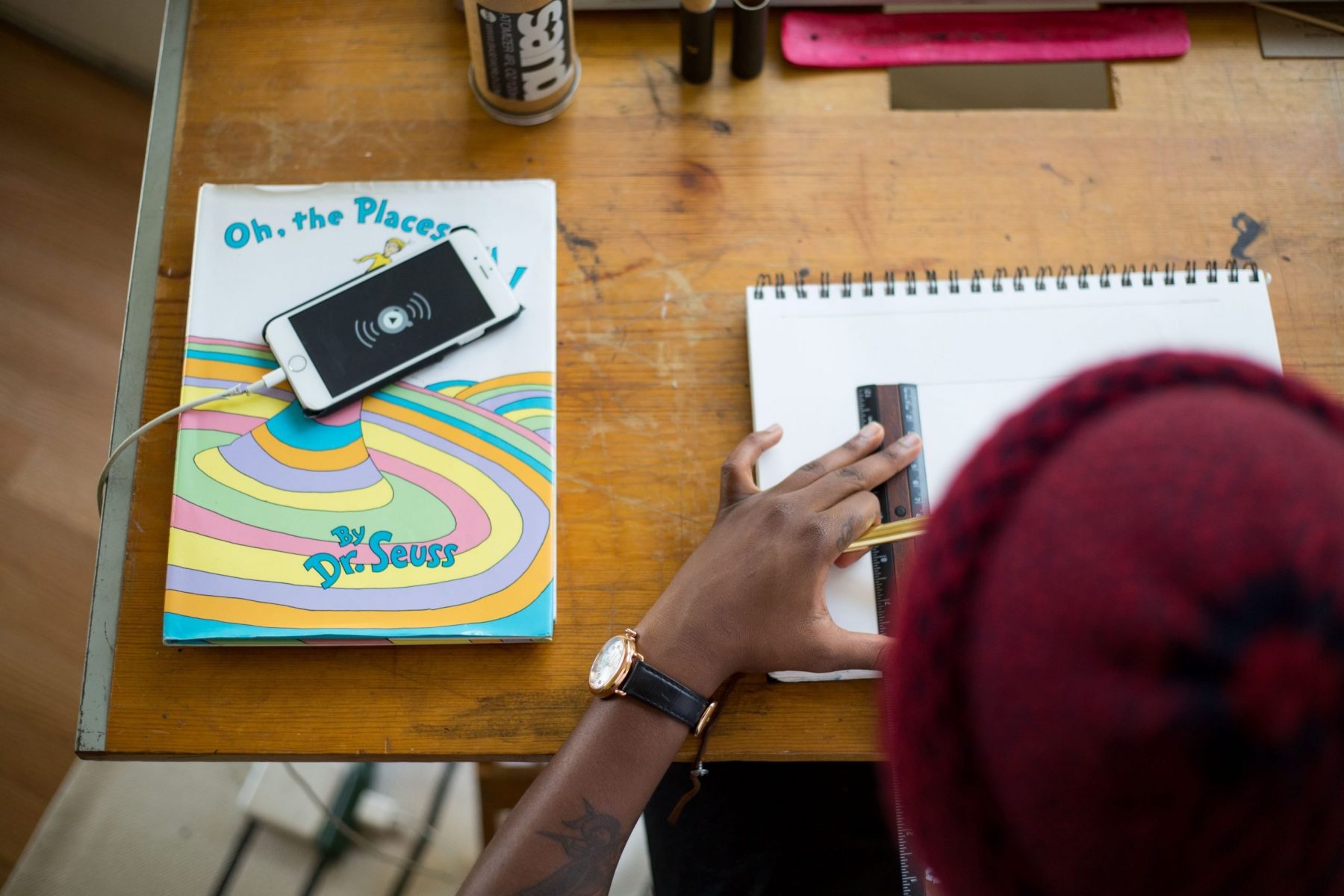Why Student-Centered, Independent Learning is Important When Distance Teaching

-
One concern for teachers throughout the pandemic is the ability to ensure that students are completing their assignments without being able to watch over them.
-
Creating a sense of independent learning not only positions students for success during traditional learning environments but also does during times of distance learning.
-
Students who take more ownership of their learning have been more successful during the transition to distance learning.
During the pandemic, it has become essential for students to be self-directed learners. In his article, Five Strategies For Independent Learning, Dennis Pierce shares how fifth-grade-teacher Kim Voge empowered her students for success in a traditional school and distance learning settings.
Kim had been working with her students throughout the school year on these self-directed learning strategies, so when the pandemic occurred students were set up for success. For example, Kim’s students already knew how to work in Google Classroom and create slide decks in a collaborative manner. Below, here are the five strategies that Kim shared with her students.
1. Building relationships
Creating a sense of community and building relationships with students is essential. When students know their teacher and peers are counting on them, they won’t want to let them down.
Kim said, “That trust factor is huge. When they know that you are there for them and they are there for each other, there is a magical interdependence that happens because of that.”
2. Establishing routines
Creating routines helps students to work and learn independently. Kim focuses on the EduProtocols model developed by Corippo and Marlena Hebern. EduProtocols allow learners across grade levels to engage with the “Four Cs” – collaboration, critical thinking, communication, and creativity – in a user-friendly format. The workflow or learning routine within EduProtocol stays the same, so students can focus on the content.
3. Give students an authentic audience

In Kim’s experience, when students are writing for their peers, they are more motivated to produce their best work than if they are writing an assignment only for their teacher. Kim used an EduProtocol called Random Emoji Generator Power Paragraph to get her students excited about writing.
(Editor’s note: The EduProtocol article links to an emoji generator that no longer works. Here’s the new emoji generator.)
This writing exercise generally happens once per week. Five different and random emojis are used to inspire students to create five different sentences.
To walk through the mechanics of the activity, an emoji is shown. Then students write a sentence with the main idea that is based on the emoji—Kim uses Socrative as a way to capture this student feedback. This process continues four more times until the students have written a five-sentence paragraph.
After the writing is complete, students will read everyone’s work and vote for a favorite.
4. Provide students with a voice and a choice
During a traditional school day, Kim would choose a paragraph for students to revise. When learning altered to distance teaching, she gave her students more ownership over the assignment. She provided a spreadsheet to her students that showed each other’s written paragraphs. Then she let each student choose one of their peer’s paragraphs to revise.
Interested in supporting teachers with video observation feedback?
See the Edthena commenting tools
Kim also creates distance learning assignments that ask students to choose their own topic to research at home. Then she has them explain why they choose this topic and what they learned from their research. From there, the students create their own follow-up project or task based on the research they have done. The students are engaged because they are choosing how they will approach their learning.
5. Unleashing student creativity
Self-directed learning has inspired students to be more creative and to take risks. In her classroom, Kim actually allowed her students to create their own assignments. The students chose any topic that was school-appropriate and created activities for their peers to complete. This process created an opportunity for students to learn from each other. Studies show that teaching is the highest form of learning. This is why Kim’s process of allowing her students to become educators is so beneficial.
Kim reports that quite a few of her students enjoyed the independent nature of distance learning. The students enjoyed setting their own pace and holding themselves accountable. The feedback from parents was positive due to the fact that the students were challenged but able to complete the work on their own.
Overall, independent learning is a critical skill for students to develop because it promotes creativity and intellectual curiously. We want our students to be active rather than passive learners. Instead of waiting to be told what to do, students can take ownership of their own learning. This naturally creates flexibility for students with different learning styles and cognitive levels. Also, it encourages students to focus on the overarching process of learning, and not just focus on learning one skill at a time. By teaching students how to think independently during this time of distance learning, we are setting them up for future success as life-long learners when they are outside of the classroom.
Like what you’re reading? Check out a recent article in this series about teachers creating cellphone “how-to-teach” lessons for parents at home!

